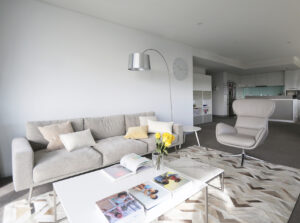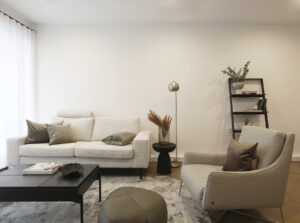As 2025 keeps moving, Danish interior design still fascinates the world. It combines form and function perfectly. Known for its minimalist yet warm approach, Danish design has been setting the standard for modern interiors for decades.
But with each passing year, new trends emerge that shape the future of the space we live in. To update your home with a modern Scandinavian style, it’s important to know what’s new in Danish design.
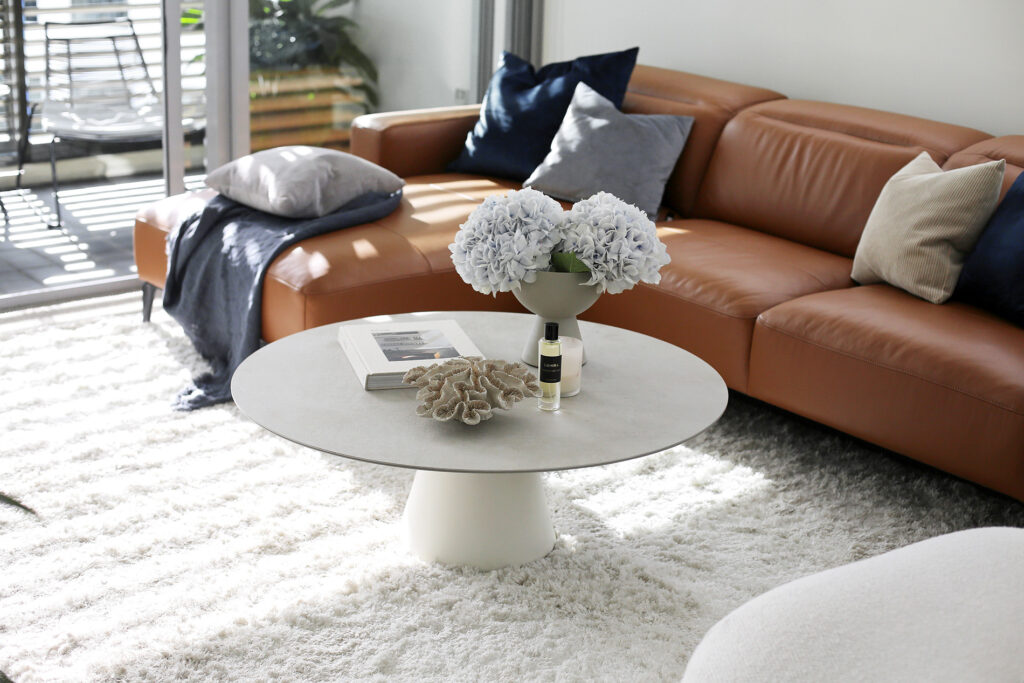
In this post, we’ll explore the top Danish interior design trends for 2025 that you need to see. These trends show the rise of organic shapes and a new view on hygge. They emphasize the importance of sustainability, simplicity, and comfort in Danish homes.
Whether you’re redesigning your living room or looking for ideas for the whole home, these interior design trends can help. They will help you create a space that is both useful and reflects the cozy, timeless beauty of Denmark.
1. Soft Organic Shapes & Curves
Danish design in 2025 is moving further away from sharp, rigid lines in favor of organic, flowing forms.
Expect to see rounded furniture, sculptural lighting, and soft silhouettes that bring a sense of calm and harmony.

Above: Bolzano armchairs from BoConcept.
In 2025, Danish design embraces soft, organic shapes, with Scandinavian furniture leading the way. Expect modern sofas like leather modular lounges and designer armchairs featuring rounded edges, creating a comfortable and inviting atmosphere.

Above: Bolzano collection from BoConcept.
Whether it’s a corner lounge or a statement L-shaped couch, the focus is on warmth and fluidity.
This trend extends to designer dining room tables and luxury dining chairs, where natural materials and gentle lines create a relaxed yet sophisticated vibe for any space.
2. Muted Earthy Tones with Bold Accents
While Danish interiors remain rooted in warm neutrals (beige, sand, and clay), 2025 will see bolder accent colors like deep forest green, burnt orange, and ochre yellow—shades inspired by the Scandinavian landscape.
The earthy, muted color palette is a key trend in Danish design for 2025, blending warm neutrals with pops of rich color to create a calm, inviting atmosphere.
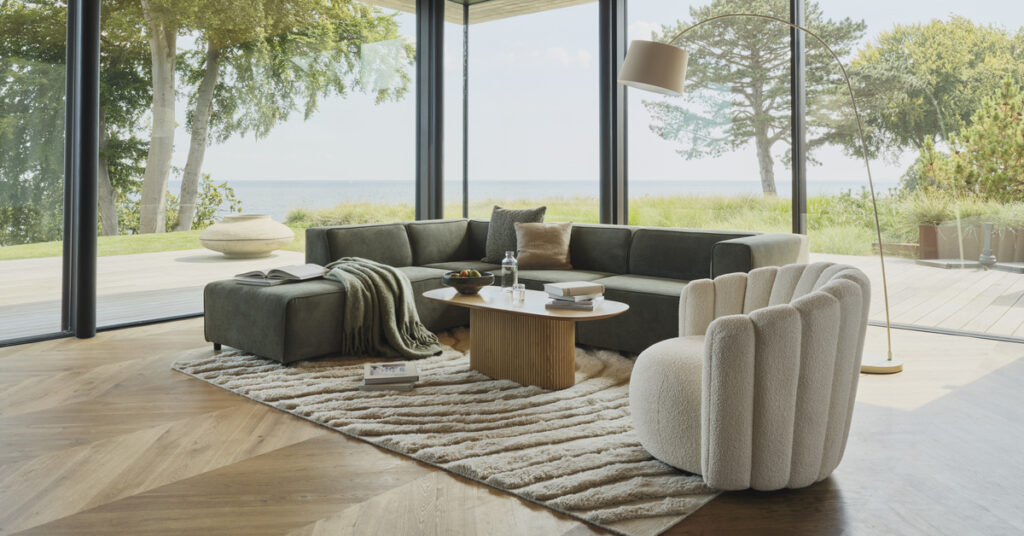
Above: Sweet Art collection from BoConcept.
2025 Scandinavian furniture, like trendy sofas and designer armchairs, often feature earthy tones such as terracotta and soft greens, reflecting the natural beauty of the Danish landscape.
This color scheme extends to the dining room as well. Leather dining chairs paired with your choice of luxury dining table brings warmth and sophistication to any dining space.

Above: Santiago dining table & Hamilton chair from BoConcept.
By incorporating these colors into your modern Scandinavian style interior, you’ll create a balanced, harmonious environment that’s perfect for both relaxation and entertaining.
3. New Danish Minimalism
Minimalism remains a core pillar of Danish design, but in 2025, it’s evolving to feel more personal and warm. Instead of stark white spaces, homes will feature textured walls, soft wool and linen fabrics, and handcrafted wooden elements.
In 2025, New Danish Minimalism takes a personal turn, focusing on creating cozy, functional spaces that still feel modern.
Scandinavian furniture, with its clean lines and simple design, continues to dominate, but now with a focus on warmth and texture.
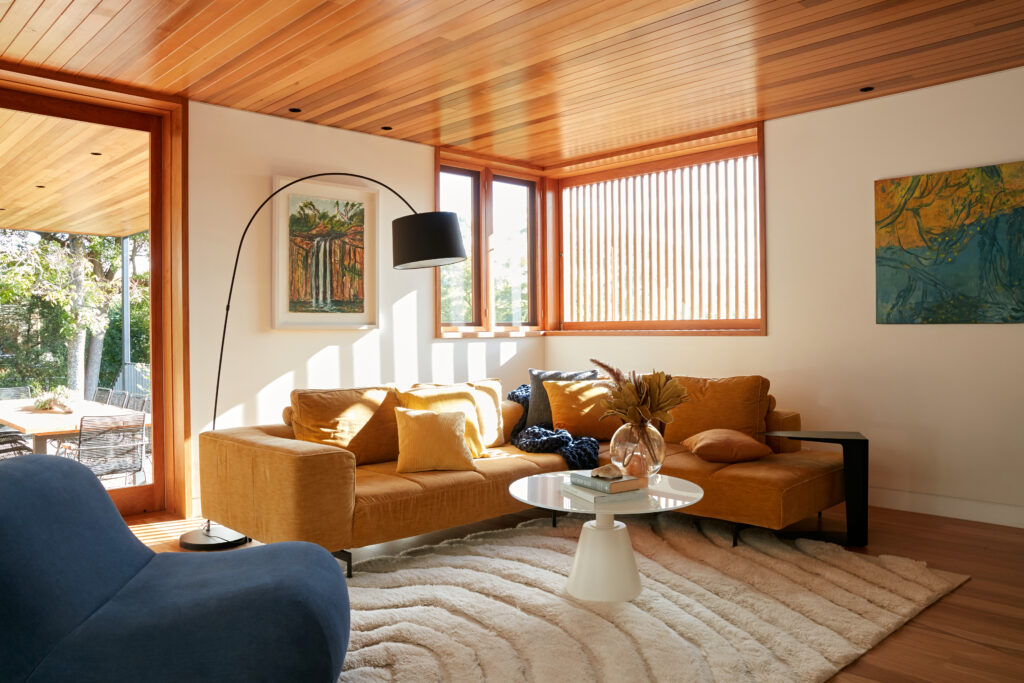
Above: Amsterdam lounge from BoConcept.
Instead of stark, white spaces, interiors will feature natural materials like wood and linen, creating a more inviting, lived-in feel.
Luxury sofas and designer armchairs with soft fabrics and minimalist forms are perfect for achieving this balance of simplicity and comfort.
This trend focuses on functional yet comfortable spaces that reflect a sense of personal style, and can be integrated into Australian interior designs of any size or style.

Above: Alicante dining table from BoConcept.
Danish minimalism is a trend that can completely change the look of any modern Australian interior design.
4. Sustainability-Driven Materials
Sustainability remains a core value in Danish design for 2025, with a strong focus on eco-friendly materials.
Scandinavian furniture is increasingly crafted from recycled or natural materials like wood, stone, and sustainable textiles, reducing environmental impact while maintaining high-quality craftsmanship.
Leather modular lounges and designer armchairs made from sustainable sources not only offer comfort and style but also align with a growing demand for conscious living. For example, sustainable materials include things like natural veneer, recycled fabrics, reclaimed wood, and recycled foam for seat cushions.

Above: Shredded foam, used in a variety of BoConcept’s upholstered products.
At BoConcept, as part of our journey towards a more sustainable footprint, we are committed to ensuring all our fabrics are OEKO-TEX certified. Our recently introduced Bologna velvet is a brand new material that has this certification, and further ensures our line of fabrics are as sustainable as possible.

Above: Bologna velvet upholstery from BoConcept
5. Hygge 2.0: The Modern Cozy Aesthetic
In 2025, Hygge is evolving with a modern twist, combining the traditional Danish concept of coziness with contemporary design elements.
The focus is on creating intimate, comfortable spaces with a balance of warmth and sophistication. Scandinavian furniture, like leather modular lounges and designer armchairs, will feature soft, inviting textures and neutral tones, perfect for creating a cozy, serene environment.

Above: Bellagio sofa from BoConcept with accessories
This updated version of hygge also integrates modern design homes, with functional yet stylish pieces like corner couches and trendy sofas, allowing for a harmonious blend of relaxation and contemporary flair.
It’s all about crafting spaces that feel like a personal retreat, combining comfort with minimalist elegance.
Conclusion
It’s clear that Danish interior design will continue to evolve while staying true to its core principles of simplicity, functionality, and warmth.
From the rise of organic shapes and the return of hygge to the focus on sustainability, these trends showcase a deeper connection to nature and a more personalized, welcoming approach to home design.
Whether you’re refreshing your living room or revamping your entire space, embracing these Danish design trends will help you create a home that is not only stylish but also cozy, functional, and sustainable.
By integrating these elements, you’ll craft a timeless space that reflects the best of Danish design while staying ahead of the curve in 2025.



